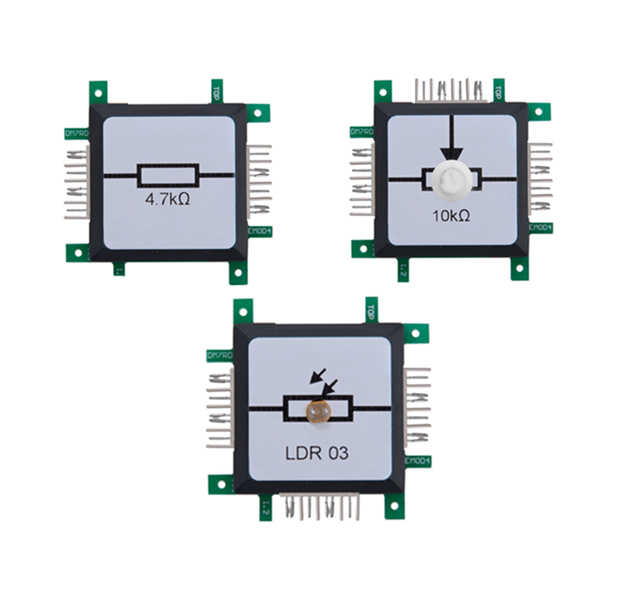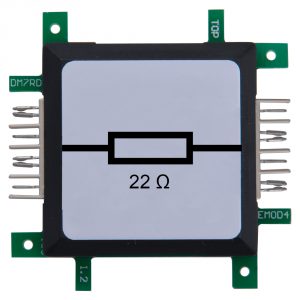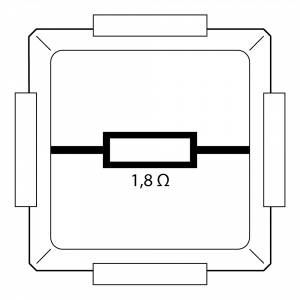
Resistor for dummies
At first, resistor sounds like a not wanted property but in reality it’s a compelling characteristic. Each body or object has a specific resistance. A piece of wire has a relatively low resistance which is why it conducts electricity quite well. With the help of resistors, the current flow can be manipulated or you can adjust a specific voltage. Talking abstract, isolator and superconductor are extreme examples of electronical resistors. The isolator ideally has an infinitely high resistance, the superconductor does not have one at all.
The value of resistors is expressed in Ohm. This value is called according to the German physicist Georg Simon Ohm. He also defined “Ohm’s law” that we will get to know later on. If an electric circuit did not have a resistance, the current flow would be infinitely high – which is not possible. Each circuit has at least an internal resistance to pass – even short circuits.
To understand the relation of voltage, current and resistor, a good example woud be to compare it with water streaming through a pipe. If the diameter is getting smaller, the amount of water that can pass the pipe in a specific time is also getting less. If you want the same amount of water to pass down the pipe in the same time you have to raise the pressure on the input side. Sounds logical, right? The pressure on the input site represents the electrical voltage, the water stream is equal to the current and the friction resistance of the pipe represents electrical resistance. If you raise the pressure, more water will pass the pipe in the same time. By passing the pipe, the water pressure gets less due to the friction resistance of the pipe. This means there is a difference in pressure between the input and the output side of the pipe. This difference stands for the so called voltage drop across an electrical resistor.
The values voltage, shortend “U”, current (“I”) and resistance (“R”) have a strict relation. We will be looking at “Ohm’s law” now! The following applies: voltage (U) is equal to the product of current (I) and resistance (I): U=I*R
Easy example: If the resistance is 10Ω and the voltage is 9V, the current flow has to be 0,9A.
The next post will be dealing with the different kinds of resistors – stay tuned!

 en
en de
de

